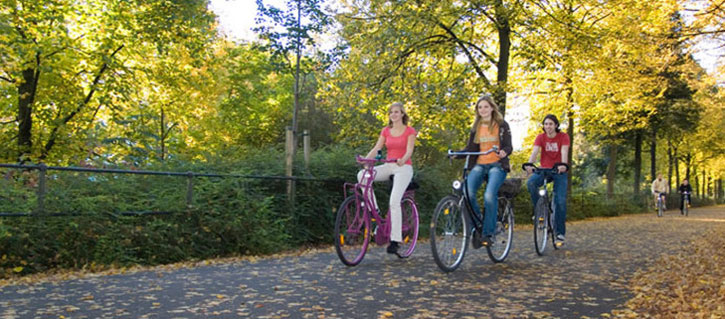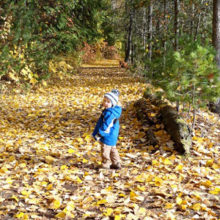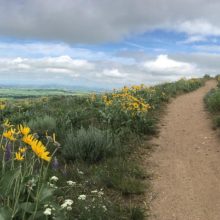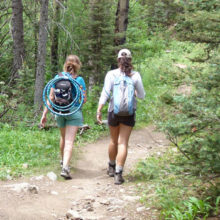Almost every city or town’s community plan assures residents that it will protect or enhance local quality of life.
In pursuit of this goal, more and more communities are incorporating trails and pathways as part of their planning, development, and subdivision standards.
These towns and cities are seeking to promote a variety of widely understood goals such as increased recreation opportunities, improved public health, stronger business environment, and higher property values.
But the communities also often believe that trails are providing additional benefits toward that elusive, broader objective–a higher quality of life.
Trails and Local Quality of Life
The term “quality of life” certainly can have a variety of meanings. This blog illustrates a number of ways that trails can help communities.
Trails can help keep existing residents or attract new ones, a priority for most community plans.
And trails located near where people live and work often are extremely popular. In Missoula County, Montana, 89 percent of residents had used city parks in the last year, 73 percent had used hiking trails, and 56 percent used paved commuter trails.
Similar results of trail popularity were found in rural Nebraska and Iowa, where 74 percent of survey respondents said they used trails, and 68 percent believed trails had a positive impact on their communities.
Larger, urban areas such as Pinellas County, Florida (St. Petersburg) have identified walking and biking trails as a key transportation objective, as well as a way to hold down road and maintenance costs.
Trails and parks also can become part of a community’s core identity. Bloomington, Indiana’s Economic Development Corporation, for example, lists trails as the second most important quality for its city, right after its most famous asset: Indiana University.
Community safety is another important concern. Santa Cruz County, California, for example, promoted a new trail as a safe route to school, while also increasing recreation and public health.
Next Steps: Research and Funding
Communities often face two common hurdles when they consider trails: first, they need to understand the impact of trails; and, second, they need help identifying potential funding sources for new trails.
To address the first issue, Headwaters Economics created a Trails Library and other tools to help local leaders, elected officials, trail users, and others.
Library users can find credible research–conducted in communities similar to theirs—so they can better evaluate the potential benefits of nearby trails and whether such a project meets community priorities.
The Library, with 120 studies, provides solid, reliable research on the impacts of trails; searchable by type of benefit, type of use, year, and region.
Funding to build or maintain trails also can be a challenge for some communities, but a number of resources are available.
American Trails has a wide variety of helpful documents, including a good starting list of grant funding and other resources.
The Rails-to-Trails Conservancy also has a good list of financing and funding opportunities, and the Federal Highway Administration maintains a variety of programs as well.






